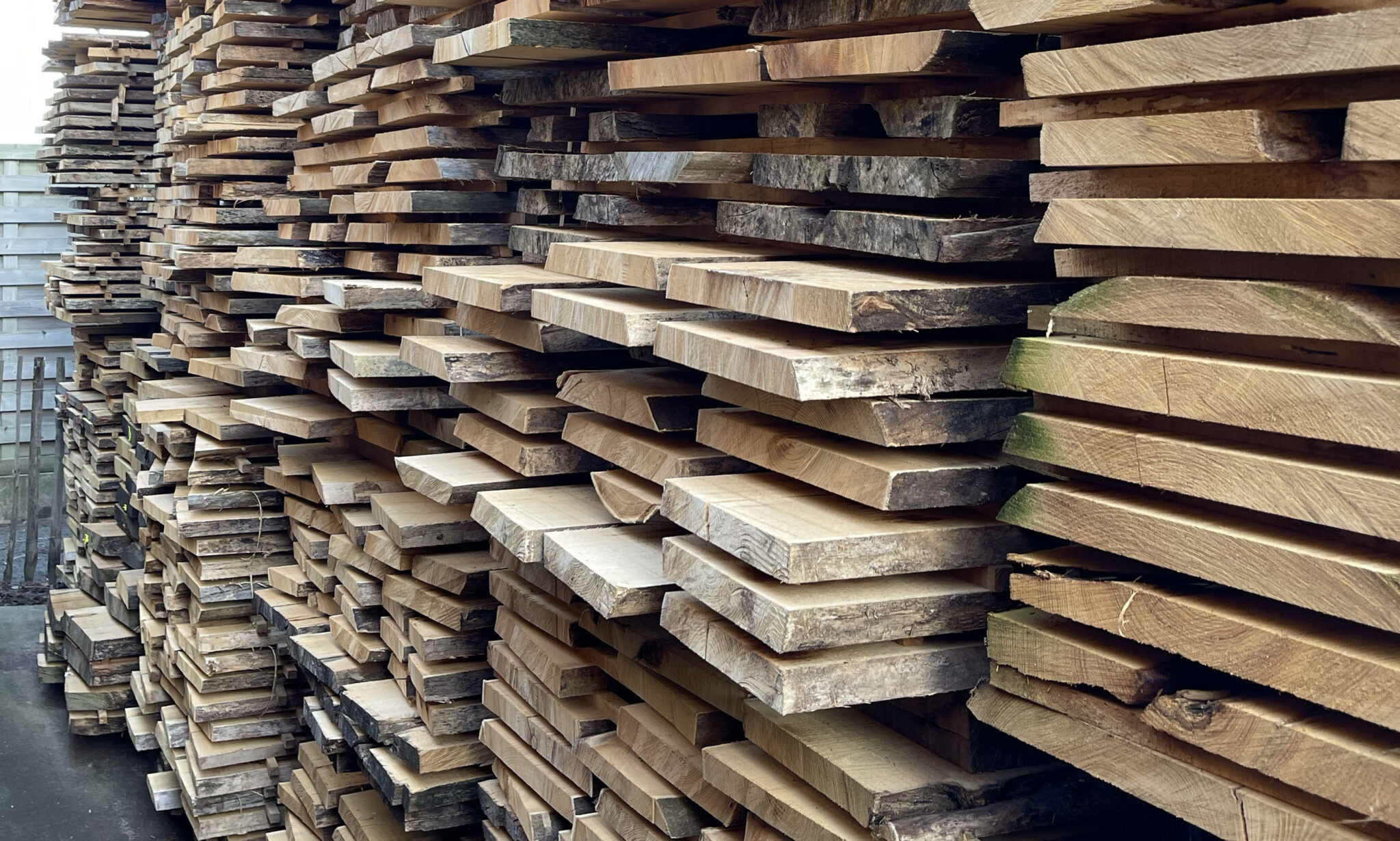Reclaimed timber, also known as salvaged or recycled timber, offers several merits that make it an attractive choice for various applications. Here are some of the key benefits of using reclaimed timber:
- Environmental Sustainability: Reclaimed timber is sourced from old buildings, barns, bridges, or other structures that are being demolished or renovated. By using reclaimed timber, you are reducing the demand for newly harvested timber, thereby conserving forests and minimizing deforestation. It also prevents old wood from ending up in landfills.
- Unique Aesthetics: Reclaimed timber often possesses unique character and charm that comes from its previous use. The natural aging process, weathering, and patina give the wood a distinct appearance, including knots, nail holes, and interesting grain patterns. This uniqueness adds character and warmth to any project, whether it’s for furniture, flooring, or decorative accents.
- Durability and Strength: Reclaimed timber is typically sourced from old-growth trees, which are known for their strength and durability. This type of timber tends to be denser and more stable compared to newly harvested wood. It has already withstood the test of time, making it a reliable choice for long-lasting structures and furniture.
- Increased Stability: Reclaimed timber has undergone natural drying and seasoning over many years, reducing the moisture content in the wood. This makes it less prone to warping, shrinking, or swelling, compared to freshly cut lumber. The stability of reclaimed timber ensures that it maintains its shape and structure, even in varying environmental conditions.
- Historical and Cultural Value: Using reclaimed timber allows you to incorporate a piece of history into your project. Each piece of wood may have its own story, connecting you to the past and adding a sense of heritage to your space. It can be particularly appealing for projects in historic buildings or when preserving the architectural integrity of a structure.
- Sustainability Certifications: Reclaimed timber can often be sourced from suppliers who adhere to sustainability certifications and practices. These certifications ensure that the wood is responsibly harvested and that the environmental impact is minimized throughout the supply chain.
- Increased Market Value: Incorporating reclaimed timber into your project can enhance its market value. The unique and eco-friendly characteristics of reclaimed wood are highly sought after by environmentally conscious consumers and can attract a premium price.
It’s important to note that while reclaimed timber offers numerous advantages, it’s essential to work with reputable suppliers who ensure the wood is properly sourced, treated, and free from any contaminants or structural issues.
